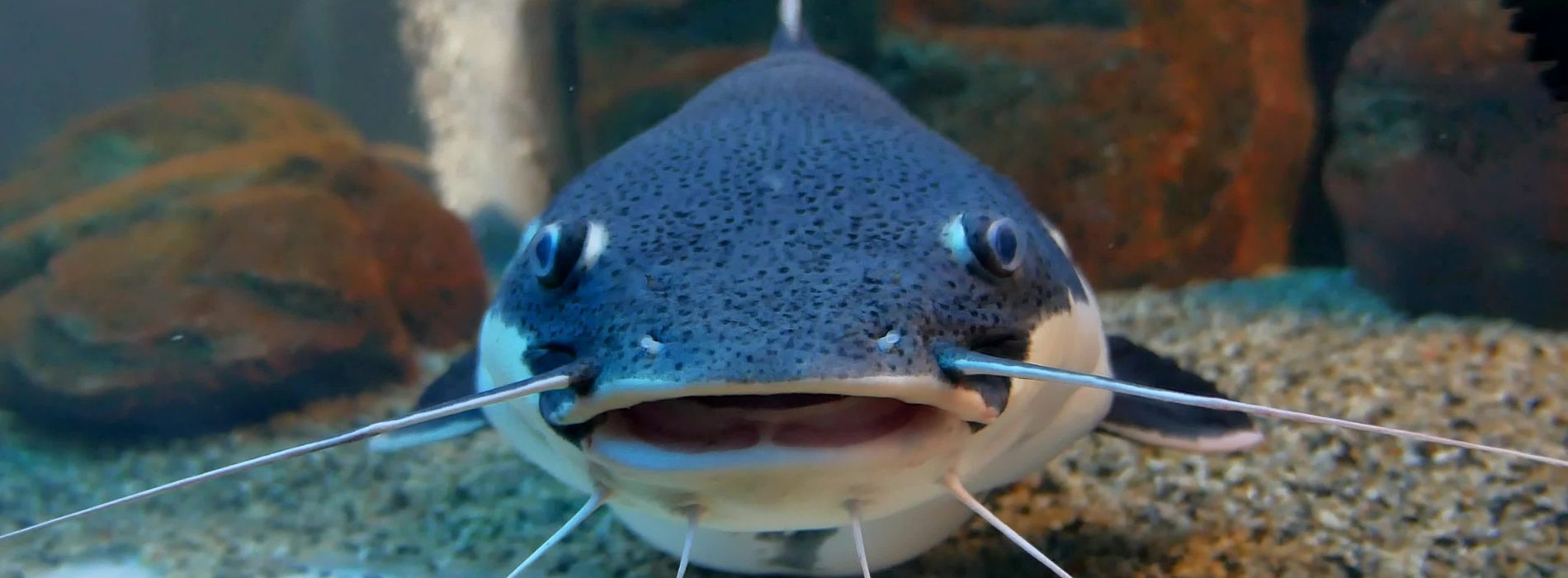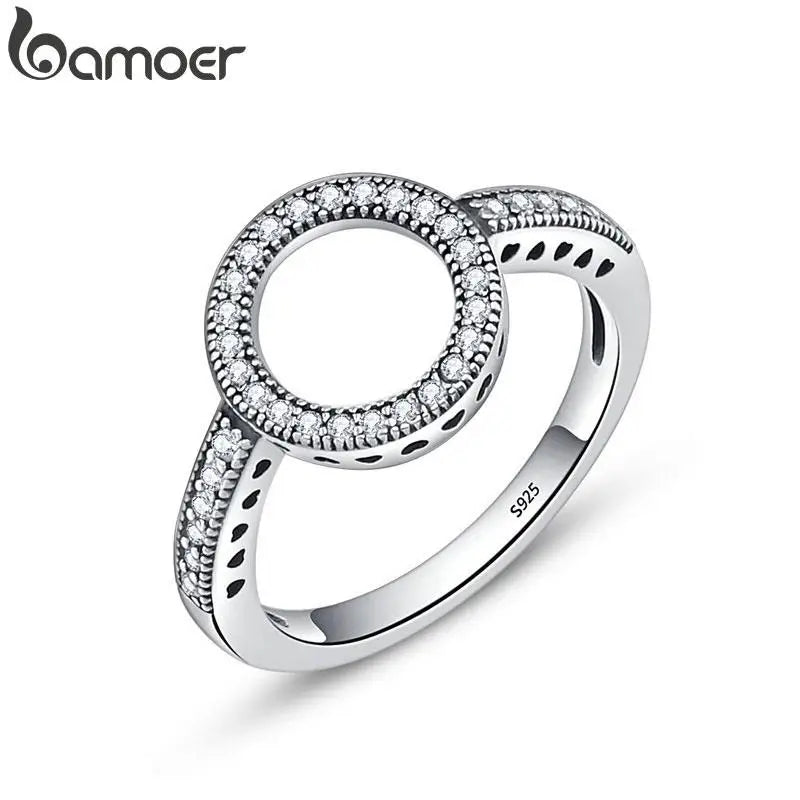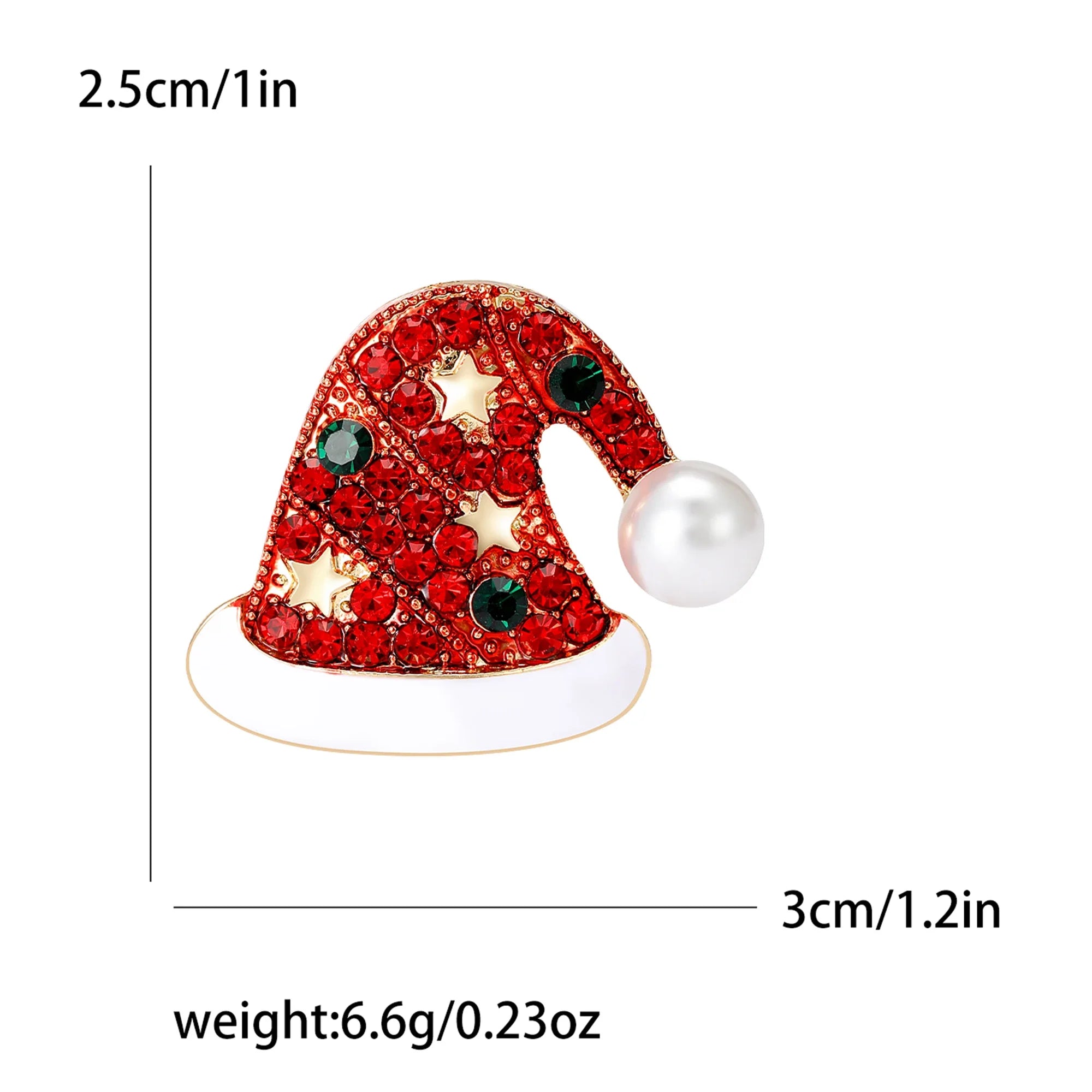Dive into the world of catfishes, a diverse group of ray-finned aquatic creatures known for their unique characteristics. Named for their distinctive whisker-like barbels, they exhibit a variety of body shapes, sizes, and behaviors. From the massive Mekong giant one in Southeast Asia to the microscopic parasitic species, the world of catfishes is as diverse as it is fascinating.
Table of Contents
- Introduction to Catfishes
-
Ecology
- Habitat and Distribution
- Invasive Species
-
Physical Characteristics
- External Anatomy
- Size
- Internal Anatomy
- Communication
-
Economic Importance
- Aquaculture
- Catfish as Food
- Dangers to Humans
- Taxonomy
- Catfish in Popular Culture
- Fascinating Facts about Catfish
- Our last words
Ecology

Habitat and Distribution
Catfishes are found in inland or coastal waters across every continent, except Antarctica. They are especially diverse in tropical regions such as South America, Asia, and Africa. In North America, certain species are also native and widely farmed, making them a popular delicacy in the region.
As Invasive Species
These fish, though generally harmless to their native environments, have the potential to become invasive species when introduced into foreign waters. Their adaptability and voracious feeding habits can disrupt local ecosystems, leading to negative impacts on native species.
Physical Characteristics

External Anatomy
One of the defining features of catfishes is their barbels or "whiskers," which resemble those of a cat (hence their name). These barbels are rich in taste buds and nerve endings, making them an essential sensory organ for detecting food and navigating their surroundings. Some also have bony plates, known as scutes, covering their bodies instead of scales.
Size
The size of catfishes can vary greatly, from tiny species that reach sexual maturity at just one centimeter to gigantic ones that can grow over two meters long and weigh up to 300 kilograms. The Mekong giant, for instance, is one of the largest freshwater fish in the world.
Internal Anatomy

Internally, they possess a series of intriguing features that further distinguish them from other fish. They have a reduced gas bladder, which helps them stay submerged rather than float. They also have a complex auditory system that allows them to detect a wide range of sound frequencies.
Communication
Catfishes communicate using a variety of sounds, including drumming and stridulation sounds. They use these sounds for different purposes, such as signaling aggression, expressing distress, or attracting mates. Remarkably, these fishes can identify the distance and direction of the sound's source, which aids them in navigating their environments and interacting with each other.
Economic Importance
Aquaculture
The farming of catfishes, or aquaculture, is a significant industry in many parts of the world, particularly in warm climates. In the United States, for instance, it's farming is a vital part of the economy in southern states like Mississippi, Alabama, and Arkansas. In Asia and Africa, many of their species are heavily cultured for food.
Catfish as Food

Across the globe, these fishes are a popular food source. They are typically fried or grilled and served with various sauces and side dishes. In the United States, catfish is a staple in Southern cuisine. In Europe, it is often cooked with paprika or served with pasta. In Asia, it's a key ingredient in many traditional dishes.
Dangers to Humans

While most of them pose no threat to humans, a few species can be harmful. Some catfish have sharp, venomous spines that can cause painful injuries. In rare cases, stings from certain species can even be fatal. It is important to handle it with care and respect their natural habitats.
Taxonomy
The taxonomy of catfishes is complex and constantly evolving as new species are discovered and classified. Currently, there are approximately 36 families and over 3,000 recognized species, making them one of the most diverse groups of vertebrates. The three main lineages of these fishes are Diplomystidae, Loricarioidei, and Siluroidei, although the exact relationships between these groups are still a subject of ongoing research.
Catfish in Popular Culture
They also make a splash in popular culture. They are often the subject of folklore and myths, particularly in regions where they are commonly found. These creatures are also popular as pets, with many species being kept in aquariums due to their unique appearances and behaviors.
Fascinating Facts about Catfish
Here are a few intriguing facts about these underwater creatures:
- They have taste buds all over their bodies, allowing them to taste anything they touch.
- Some species can produce electric shocks, similar to electric eels.
- Despite their name, not all of them have whiskers.
- They have one of the greatest ranges in size within a single order of fish.
- Some of them can breathe air and survive out of water for several days.
To see more interesting facts about sea animals, visit here!
Our last words...
Catfishes are truly fascinating creatures. With their unique physical characteristics, diverse species, and intriguing behaviors, they never cease to amaze. Whether you're a passionate lover of the ocean world, a recreational angler, or a curious reader, there's always something new to learn and discover about these remarkable inhabitants of the underwater world.
We hope you've liked this article about the catfish!
Feel free to subscribe to our private newsletter to receive more exclusive article. You will also receive a 10% bonus discount for our sea world catalogue. You will be notified via email whenever we release a new wonderful jewelry piece of the ocean.
Feel free also to go check out our website, we provide the best sea content and we offer you the best nautical jewelry all around the globe !




































